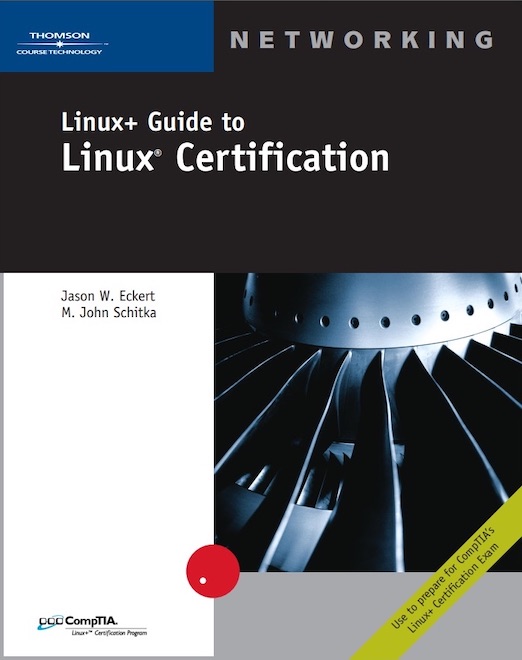How Linux Certification Has Evolved Over The Years

Because organizations continually adopt new technologies, the need for skilled IT professionals to support those technologies is always increasing. Technology certification has been the most common skills benchmark used for hiring and promotion in the IT industry since the early 1990s, with Linux certification being one of the most sought-after. After all, knowing how to use, configure and administer the Linux operating system is prerequisite for a wide variety of different IT job roles, including server administrators, cloud administrators, devops engineers, site reliability engineers, cybersecurity analysts, penetration testers, and software developers.
Linux is a free and open source version of the UNIX operating system that dominated the high-end computing landscape since the 1970s. Thus, if you know how to work with Linux, you’ll be able to work with UNIX and vice versa with a small amount of effort.
When Linux started to gain momentum around the year 2000, I was one of the first Linux textbook authors on the market. I chose to gear my first Linux textbook to CompTIA’s Linux+ certification to ensure that students could easily become certified after taking a course that used my textbook. This book was called Linux+ Guide to Linux Certification and was published in 2002 by Course Technology (now Cengage). It was wildly successful in the academic market and is now in its 5th edition and used by colleges and universities worldwide.

Over the course of the past two decades, the content of my textbook and related Linux certifications have evolved dramatically to meet the Linux skills needed of IT professionals in the industry. However, Linux certification generally evolved from and replaced UNIX certification.
While Microsoft ruled the enterprise world during the latter part of the 1990s, systems running various flavours of UNIX (e.g., Sun Solaris, IBM AIX, HP HP-UX and SCO UNIX) were still common in many organizations. And while each UNIX vendor offered certification, they were not considered equal because they often tested concepts that were specific to their flavour of UNIX. For example, to be competitive when applying for a job that required proficiency with Sun Solaris you had to ensure that you were Sun Solaris certified.
Being an open source operating system, Linux evolved faster than others and quickly proved to be more flexible. By the early 2000s, most organizations migrated their existing UNIX systems to Linux, or implemented new Linux systems to support business needs. Even IBM released a Linux commercial in 2000 that drew attention to this massive adoption of Linux.
To support hiring needs, several different Linux certifications entered the market in the early 2000s. These included some that were specific to a single distribution of Linux, such as the Red Hat Certified Engineer (RHCE) for Red Hat Linux, as well as others that tested concepts applicable to many or all Linux distributions, such as CompTIA’s Linux+. For those looking to maximize the jobs they’d like to apply for, the latter certifications were the safer bet.
Around the same time, a UNIX flavour called Mac OS X (now macOS) replaced the legacy Mac OS on Apple Macintosh computers and quickly gained prominence among software developers, as well as technology professionals in creative and STEM-focused industries. And while Apple offered Mac OS X certification, most accepted Linux certification as a valid skills benchmark for jobs related to Mac OS X.
As Linux continued to evolve in the 2000s, so did the certification exams. They became longer, more detailed and more comprehensive. Earlier Linux certification exams focused heavily on hardware, installation, shell usage and basic system administration. But each subsequent version introduced more detailed system and network administration topics.
During the 2010s, Linux certifications introduced more cybersecurity and cloud technologies (nearly all of which are powered by Linux) and focused less on hardware and installation since most Linux servers today are run within virtual machines or containers. Similarly, Git usage, automation and devops concepts needed by both cloud administrators and software developers started appearing on Linux certification exams in the late 2010s. Since nearly all apps that run in the cloud are microservices that run within Linux containers, these additions made perfect sense. After all, cloud administrators must support all aspects of cloud apps, and software developers must create and test new versions of cloud apps within Linux containers on their workstations before pushing them to a cloud environment. During these past few years, I noticed a surge in the number of software development students using my Linux textbook as part of their university or college computer science program.
Currently, I’m planning the 6th edition of my Linux book and will continue to gear it towards CompTIA’s Linux+ certification. This is because Linux+ is the only entry-level Linux certification on the market today that tests all of the core skills needed for every Linux-related position (others have multiple different exams for these topics). Consequently, it aligns very well to the topics we teach in a college- or university-level Linux course that is part of a larger systems administration, cloud administration, Cybersecurity or software development program.